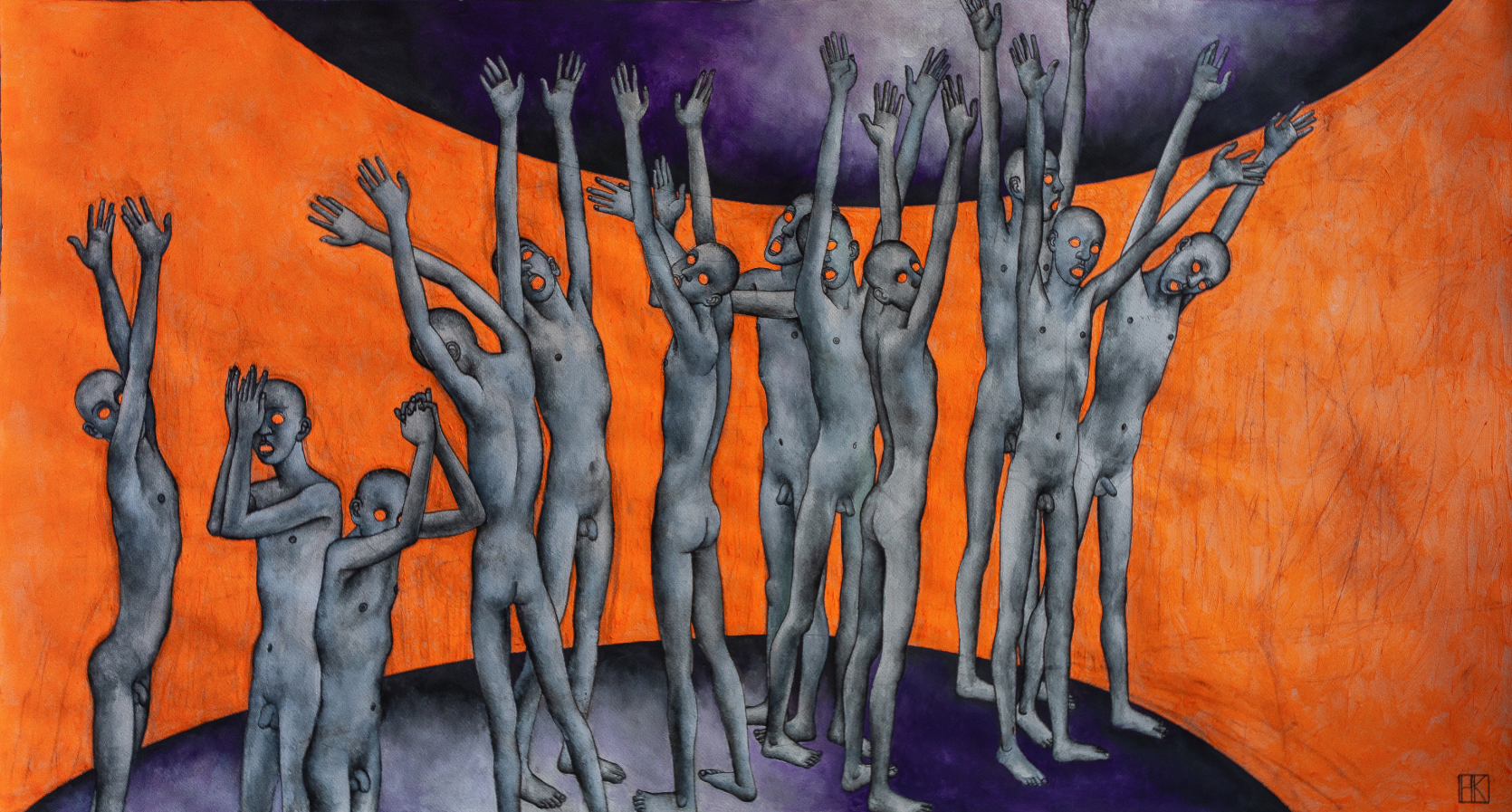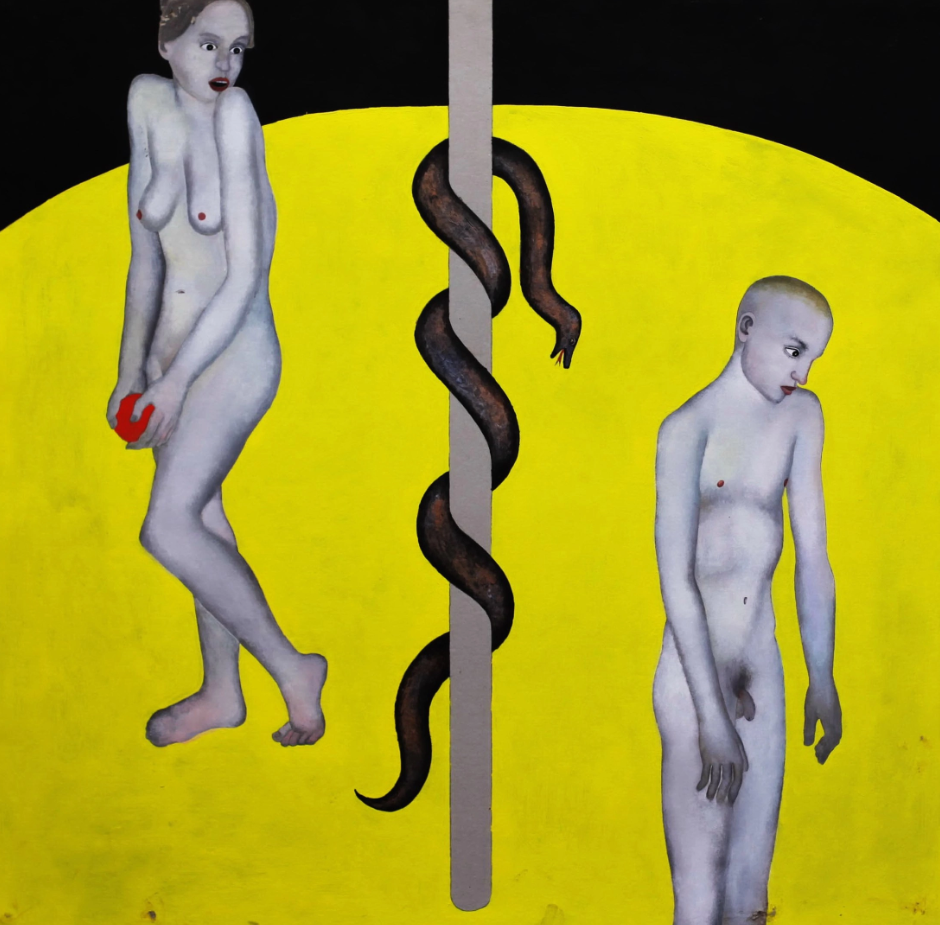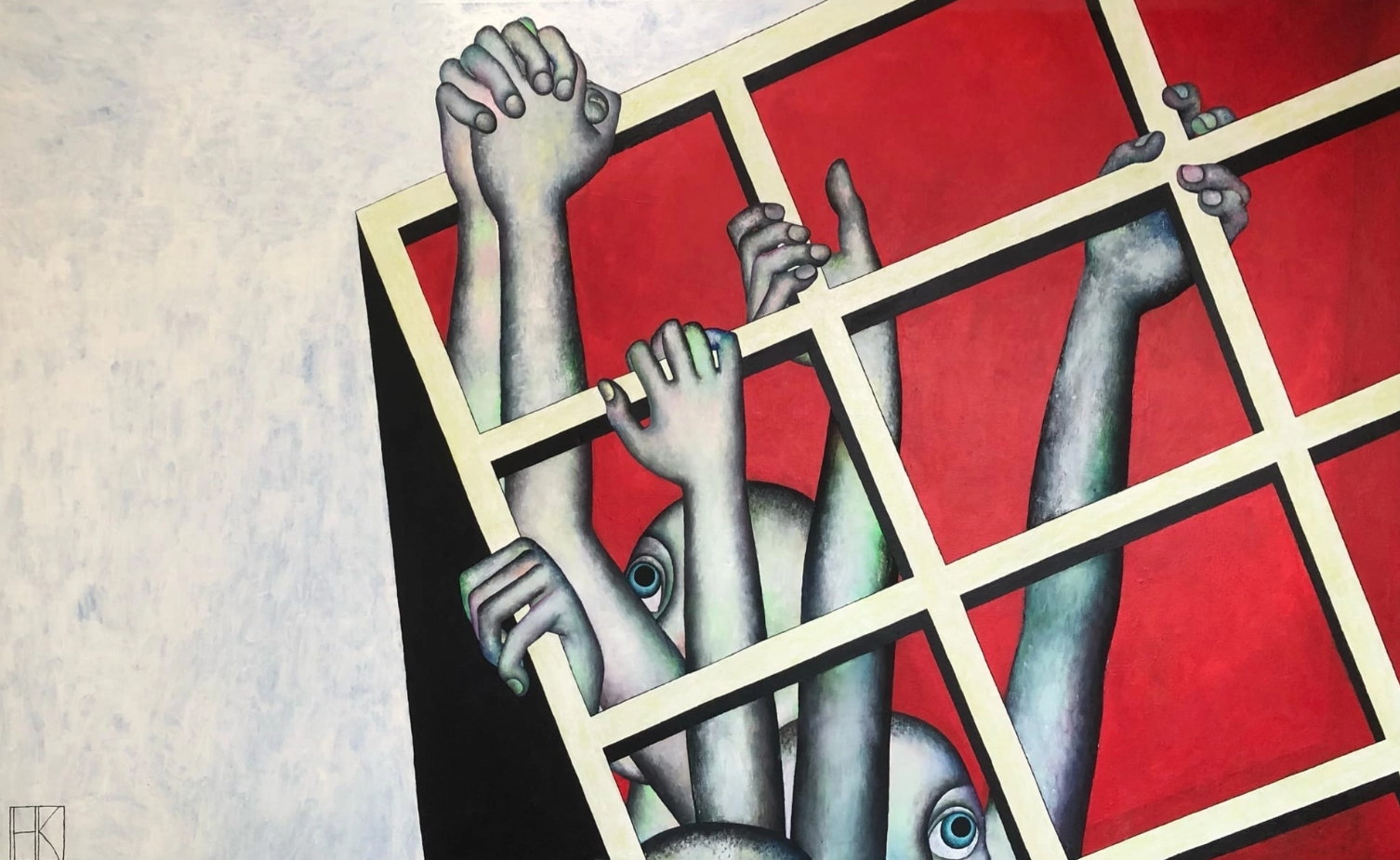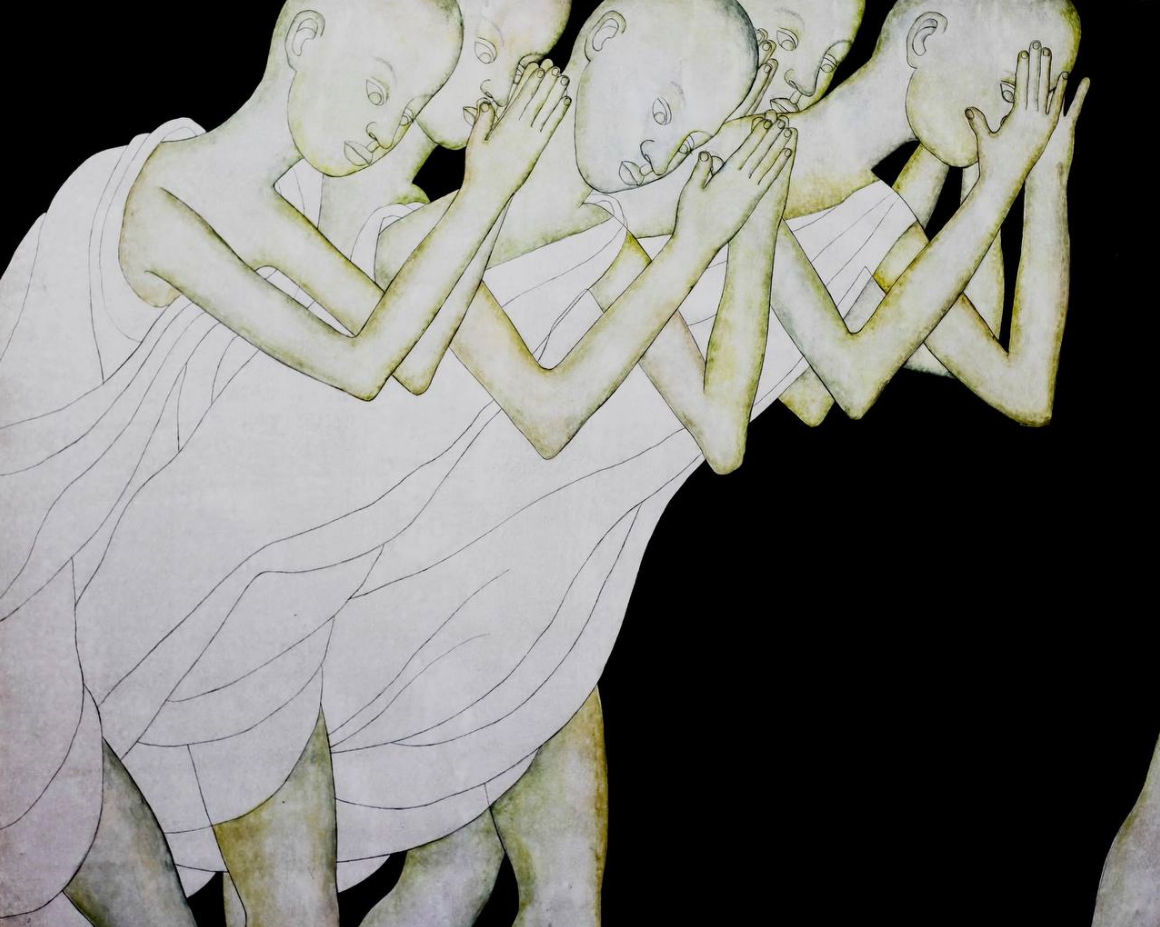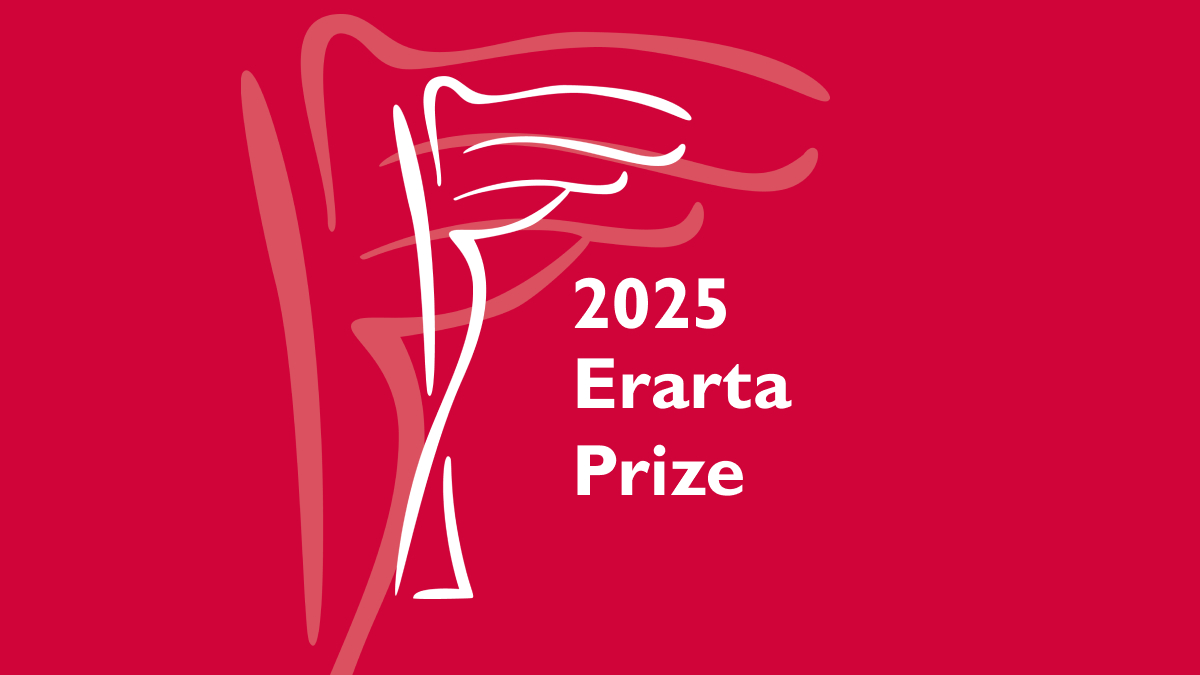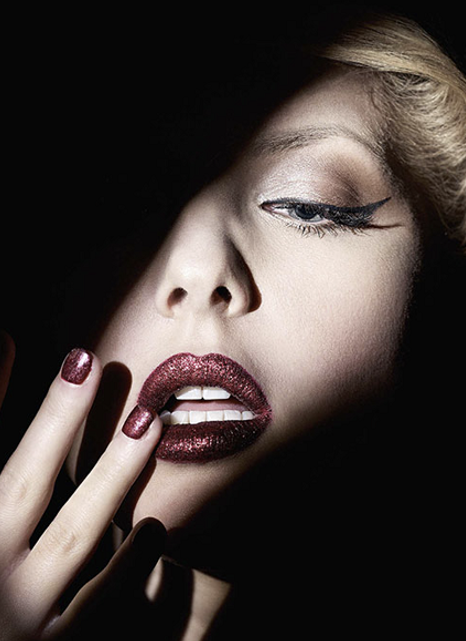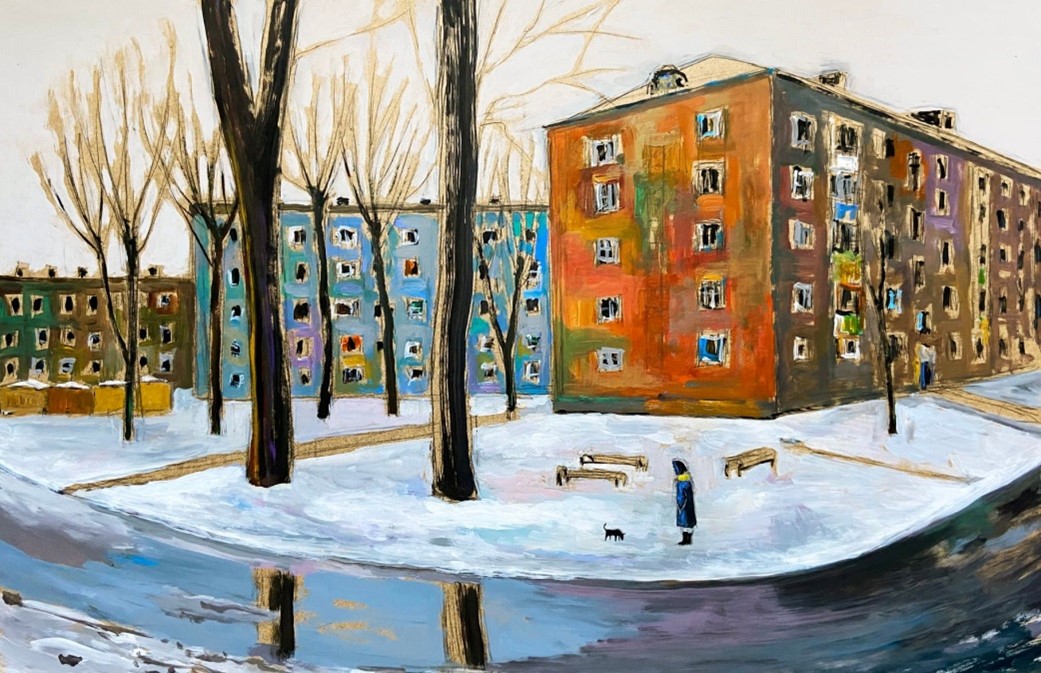Erarta Museum of Contemporary Art presented an exhibition by Nikita Kulnev whose paintings redefine the classical art traditions
-
Contemporary readings of Bible stories and other long-established narratives
-
New forms and imagery created by an artist inspired by the early Renaissance, Russian icon painting, Expressionism, and the avant-garde
-
Unconventional approach to traditional subjects intended to better reveal the meanings inherent in the artworks
This is the first museum show of the young St. Petersburg based artist and 2023 Erarta Prize nominee Nikita Kulnev.
According to medieval theology, limbo is the afterlife condition of souls that have not gone to heaven which is neither hell nor purgatory. It is the abode of pure but non-Christian spirits. The artist uses the word ‘limbo’ as a metaphor, perhaps suggesting that it is very much like the state of the modern world.
Born into a family of artists, Nikita Kulnev graduated from the Ilya Repin St. Petersburg Academy of Arts. He is a perfectionist fond of religious subjects and inspired by the early Renaissance, Russian icon painting, Expressionism, and the avant-garde art. In addition to paintings and prints, Nikita creates church mosaics. The artist has a very recognisable figurative style, a distinct perception of an individual’s place in the world, and well-defined creative goals. In his own words, ‘What I find most important in art is profoundness, semantic charge, and complex and challenging composition. I am interested in the modern interpretation of the classical art traditions, allusions, reinventions of stories and symbols creating new forms and imagery, and experimental combinations of artistic devices and materials.’
The exhibition showcases 14 artworks demonstrating a monumentality of style. These are illustrations of Bible stories, portraits of young people, and modern adaptations of the eternal subjects. Some of the pictures repeatedly feature the image of a slender, naked, close-shaven and round-headed youth more of a Slavic than biblical type. The figures painted by Kulnev are intentionally devoid of individuality, reduced to mere symbols, their roles being determined by their actions. What really matters to the artist are not the distinctive bodily outlines or portrait likeness, but rather the places occupied in the overall composition, poses, gestures, and other elements of convention. The idea behind this is that all humans are fundamentally equal, while the viewer’s attitude towards a certain character is shaped by the actions and demeanour of the latter. ‘I’m not sure how this image came about,’ relates the artist, ‘but perhaps this is how I see a naked human soul stripped of biography, place of birth, personal background, convictions, etc. It all does not matter for me so much. The only thing that interests me in the story is what’s happening right now. In a way that could be my rendering of my own soul: I am putting myself in these shoes thinking what I would do and how I would react.’
Kulnev’s paintings seem to remind his contemporaries of the fact that all the challenges, trials, problems of choice, and passions that humans had to deal with millennia ago can still be relevant in our times. His artworks are characterised by purity of form, clarity of lines and compositions, and monumentality of style. They are unlike anything else one might encounter at a contemporary art museum.
Supported by:

